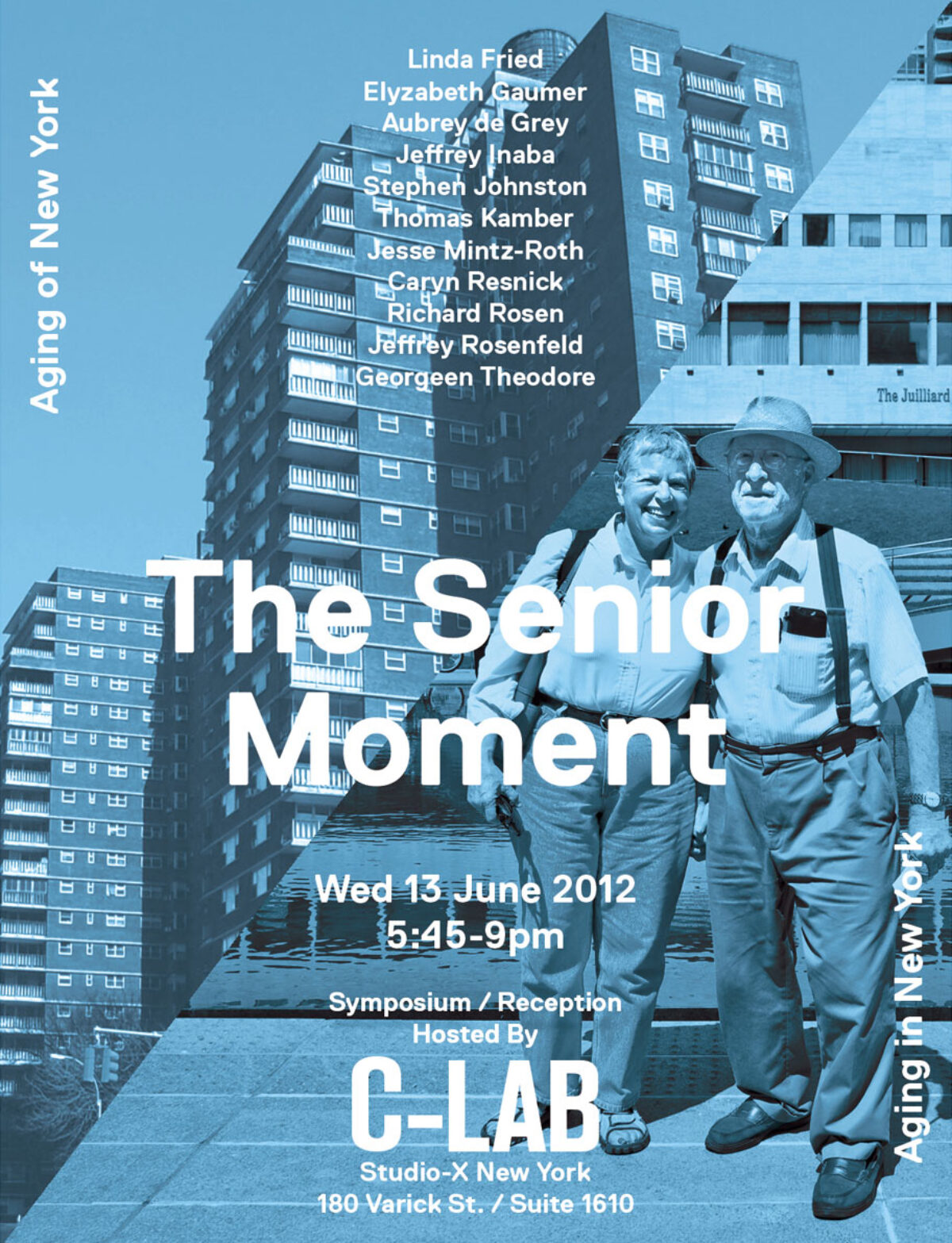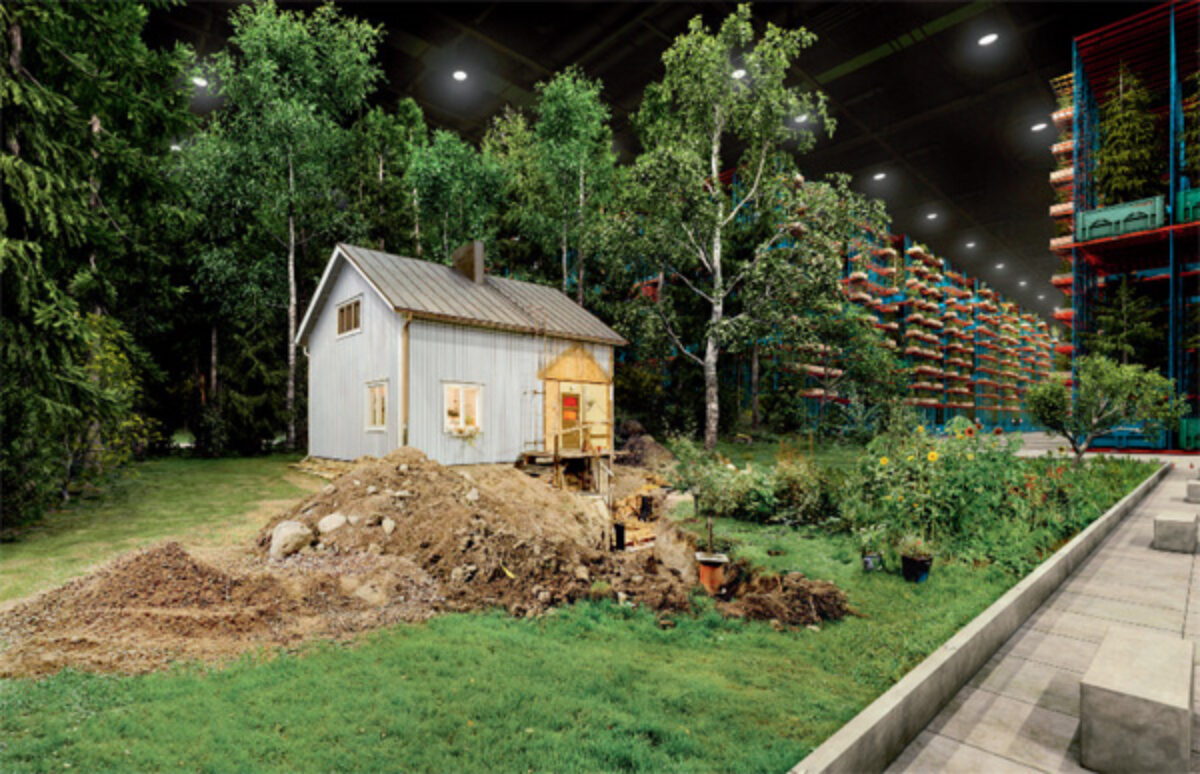Thanks to all who came out Friday to Mediamatic for the 'New Futures Adrift' combined book launch which included Volume's 32nd issue, 'Centers Adrift', as well as Rory Hyde's Future Practice, and Katja Novitskova and Rory Hyde's New Order. Thanks also to Wouter Vanstiphout, Reinier de Graaf and Sandra Kaji-O'Grady for speaking at the event, and Rory Hyde and Arjen Oosterman for moderating.
From today till Sunday 15 July 2012 graduating students from the Sandberg Institute present their works. The Sandberg Institute provides the Masters of the Rietveld Academie. Presentations will be held in the old Filmmuseum (Vondelpark), Galery Fons Welters, Apple Arts Centre, ARCAM and VU Hortus.


